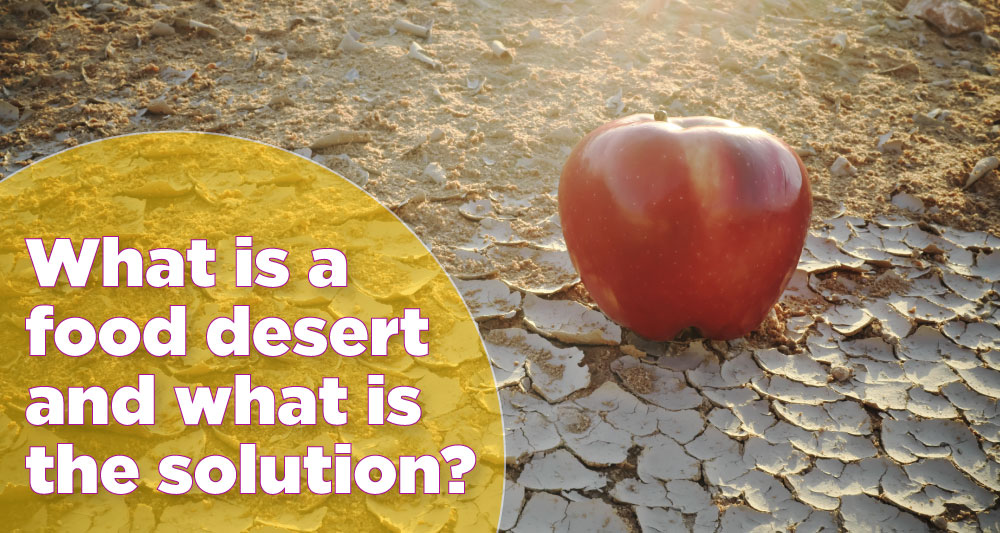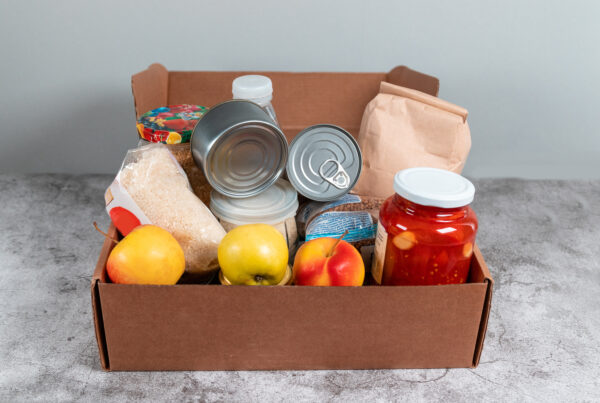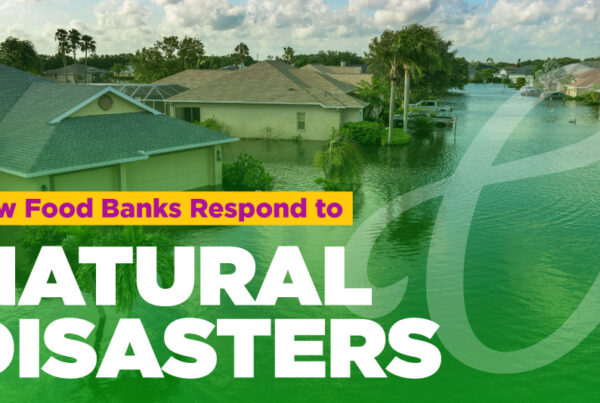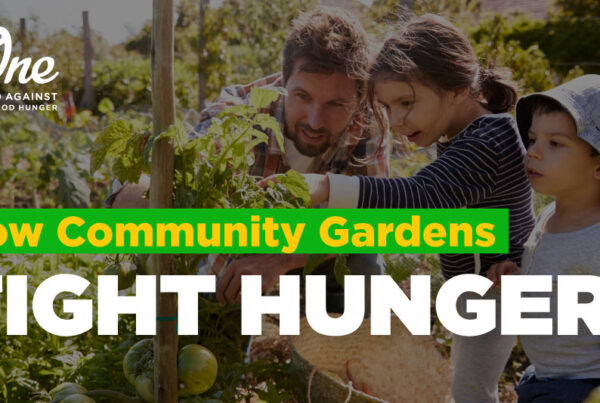
Having limited access to a grocery store and not being able to afford fresh produce is a reality for many families in the United States. Awareness of the struggles of living in a food desert brings impacted populations one step closer to getting the relief they need from those fighting hunger. Those struggling with food insecurity in these areas may not be able to take advantage of grocery assistance programs or food banks in their state due to the distance. Therefore increasing knowledge about those in these situations can help better direct local and nationwide efforts for aid.
What is a Food Desert?
A food desert is an area that has low access to healthy and affordable foods. Although the term desert brings to mind hot, desolate areas, food deserts can be found across the country. Small rural areas and areas with a higher rate of poverty and unemployment are where many food deserts can be found. However, they can also occur in densely populated cities depending on city planning and other factors.
Food deserts are identified based on access to food which can be measured by the distance traveled to a store or supermarket and the overall number of stores in an area. Other important factors in identifying a food desert include household resources like income and vehicle access and community resources like average income and public transportation.
Several factors contribute to the formation of food deserts. Low income may make fresh produce and nutritious foods difficult, if not impossible, to afford. Grocery store distances are another factor in the formation of food deserts. If the distance to a store is too great, and public transportation or vehicle ownership is limited, the population is forced to resort to food options available on foot. This usually means fast food restaurants or cheaper processed foods from convenience stores. Characteristics of food deserts make store owners reluctant to open locations in these areas. Low income, high unemployment, and sometimes smaller populations make food deserts less attractive to business owners.
What is the Impact of Living in a Food Desert?
Living in a food desert is detrimental to the mental and physical health of the population. Due to the limitations of food access, less nutritious food may be all that is available at a price residents can afford. This can lead to health issues. Long-term food insecurity has a negative impact on children living in food deserts. Difficulty in school, developmental issues, and health concerns are all results of living in a food desert.
How Many People Live in a Food Desert?
As of 2022, it is estimated by the USDA that nearly 19 million people in the United States live in low-income and low-access areas more than one mile or ten miles from a supermarket. That is about 6% of the population. Wondering if there is a food desert near you? The USDA has a food desert map tool made using census tracts that show low-income and low-access areas varying distances from grocery stores in areas across the country.
What is the Solution?
While it is difficult to eliminate food deserts, there are efforts taken to help alleviate the pressure food insecure families face. The Supplemental Nutrition Assistance Program (SNAP) can help ease the cost of healthy groceries in areas where cost is the primary barrier. Backpack programs and free school lunches help children to get the nutrition and food they desperately need. Access to food banks and food pantries may be limited in these areas, so volunteers that are willing to make deliveries to families in need make a huge difference. Starting community gardens is another way to help offer fresh food to those in food deserts.
Long-term solutions include increasing the number of available stores that offer affordable prices for fresh produce and nutritious foods. Programs such as the Michigan Good Food Fund offer loans to food businesses that distribute healthy food in areas that need it. Support like financing and business assistance is given to help these businesses grow and have the incentive to stay in areas like food deserts. Several states have similar efforts that will be able to help decrease the number of food deserts across the country over time.
The One Initiative unites C.R England and England Logistics in the fight to end childhood hunger. Learn more about work of the One Initiative at oneagainstchildhoodhunger.com.





